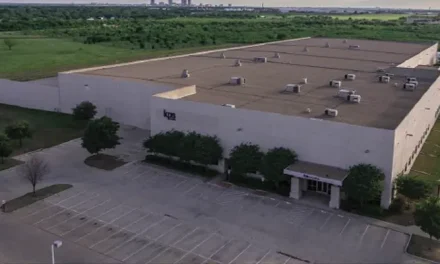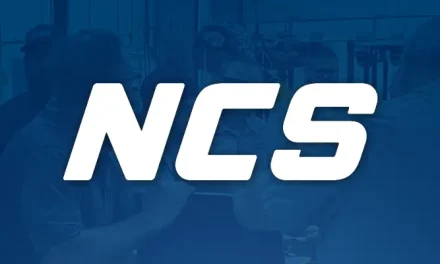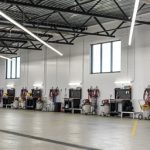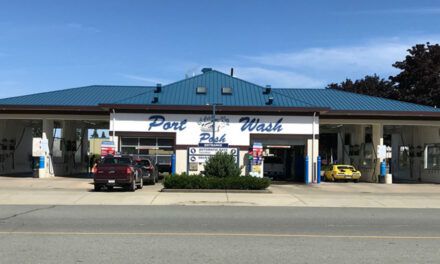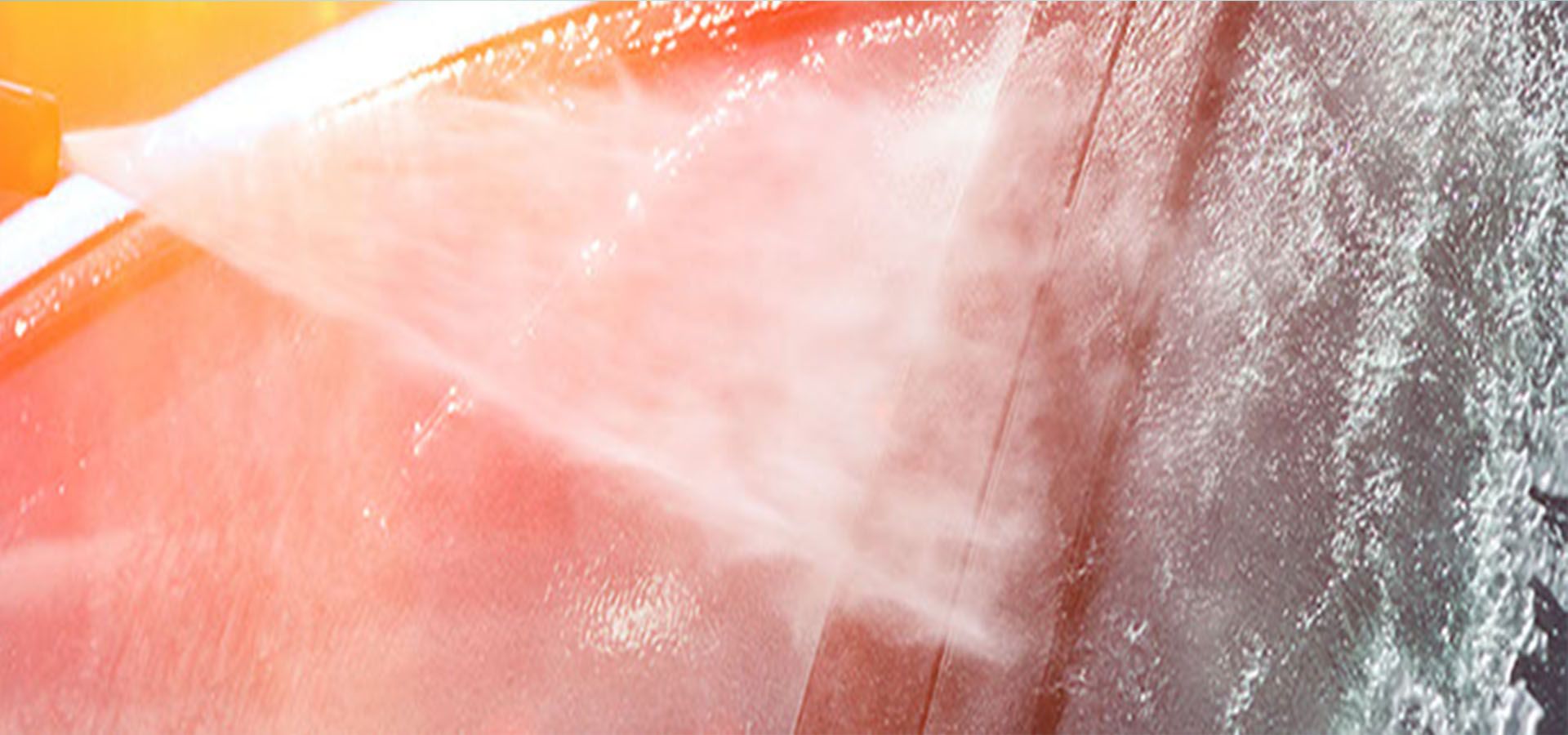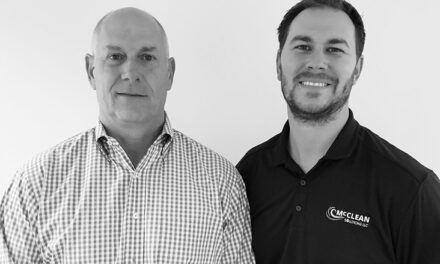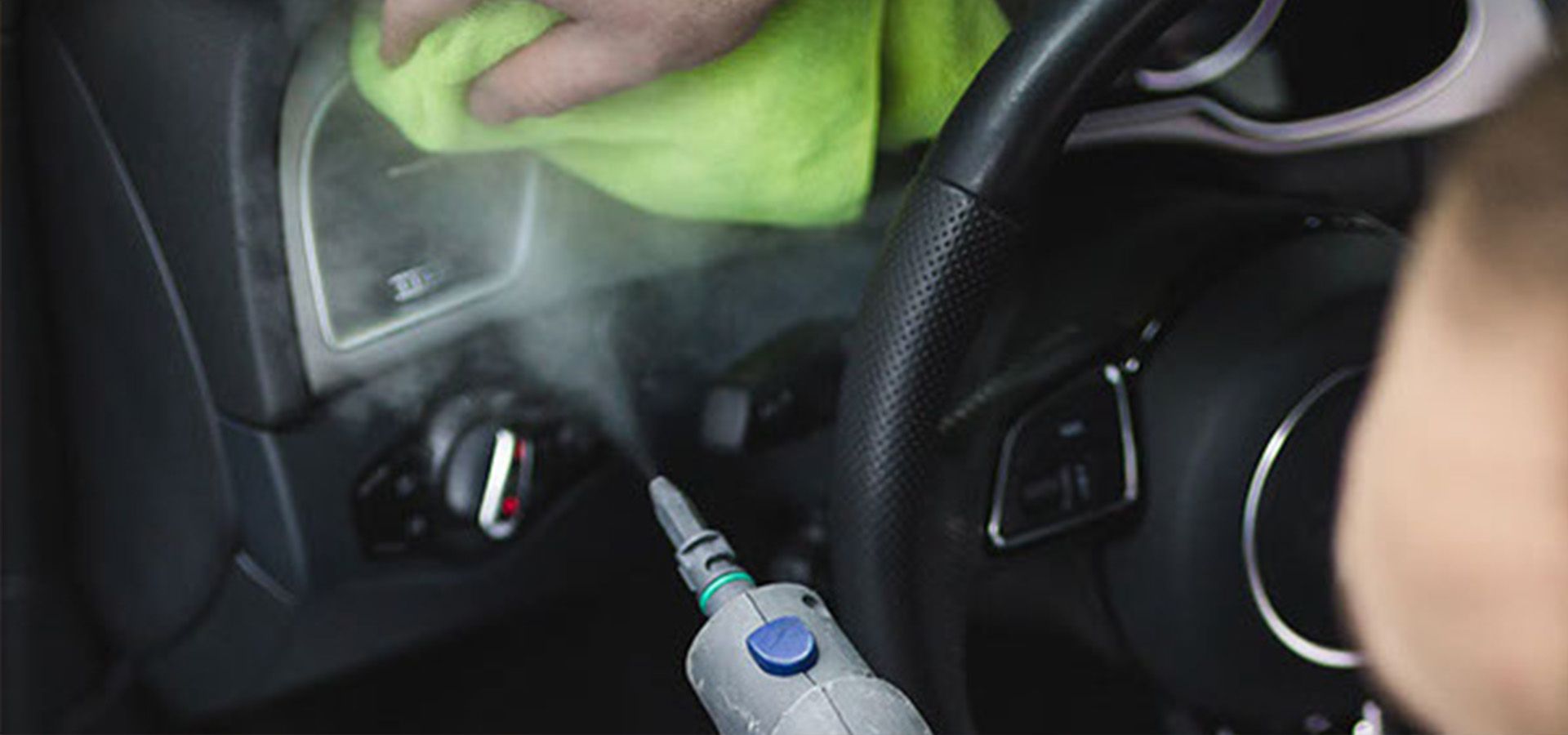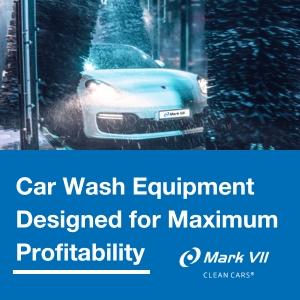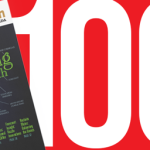
Carwash Technology

Using new technologies to improve wash-system performance
by: David Dougherty
Taking advantage of advancements in carwash technologies can produce many benefits, especially in the critical areas of throughput rates, revenue enhancement and operational costs.

Fortunately, technological advancements in wash system design and operation can be found in both friction and touch-free washes.
What may be the best thing about the development of new technology is that it usually begets the creation of newer, even better technology. The examples are around us everywhere, from cell phones to microwave ovens, personal computers to television sets. These common appliances often don’t bear any resemblance to their predecessors, but they also clearly outdistance them in operational capability and performance.
The car wash industry is not immune to the phenomenon of new technology begetting new technology. In many ways, the engineers and designers employed by car wash manufacturers are always being pushed to develop new technologies for actual washes, as well as their component parts and operating systems.
There are, though, some car wash manufacturers who try to resist the changes and advances in wash technology, taking an “it’s always worked, so why not keep doing it” approach to the operation of their wash systems. These manufacturers appeal to a certain type of customer – the one who shares the same mindset, is happy with the existing system (even when its performance begins to fray around the edges) and thinks an upgrade might be nothing more than a waste of time and money.
Is kowtowing to this mindset doing a disservice to the customer? While many carwash operators have grown used to and comfortable with the systems they have been relying on for 10, 15 and even 20 or more years, carwash manufacturers have been consistently improving their products during that time, creating everything from entirely new systems and accessories to finding ways to more efficiently power the wash.
The Best for Both Worlds
Just like there are car owners who will only drive a Buick, or soft-drink consumers who will only drink Coca-Cola, there are carwash operators who will only install a friction wash system – unless they are one of those operators who wouldn’t be caught dead with anything but a touch-free system on his lot. Fortunately, technological advancements in wash system design and operation can be found in both friction and touch-free washes:
Friction Washes
Next-generation friction washes can benefit from improvements in the construction of the systems brushes. Traditional systems use cloths that sweep over the vehicle. Unfortunately, they are sponges for the dirt and grime, meaning that dirt and grime can be transferred to the next vehicle in line. New-age brushes are constructed of a closed-cell foam material, usually neoprene, that is softer, quieter and more efficient during the wash cycle with the added benefit of not allowing dirt and grime to cling to it, making for a cleaner wash. Additionally, advancements in the design of friction-wash bays have eliminated the floor-mounted treadles that must be negotiated by the driver. Eliminating the treadles has created an open bay design that allows the vehicle to be positioned under the wash arms without any tricky maneuvering required from the driver.
Touch-Free Washes
New touch-free wash systems feature a simple design that results in easy operation and lower equipment and maintenance costs for the operator. Touch-free technology has also advanced to the point that the wash bridges contain sensors that can see how the vehicle has been positioned in the wash bay and then have the capability to adjust the way the bridge travels so that a clean vehicle is produced in the most efficient manner possible. Advanced touch-free systems also feature a treadle-free, open-bay design that makes it easier and less stressful for the driver to enter and position the vehicle in the wash.
Along with making both friction and touch-free wash technologies more intuitive and user-friendly, there are three important areas where advanced technologies can improve the bottom line for the wash operator, if implemented correctly:
Throughput Rate
The lifeblood of any carwash is the number of vehicles that can actually be cleaned during the course of the day. What is known as the wash’s car-per-hour throughput rate will always be a key decision driver for the wash operator when choosing a system. With that in mind, the operator’s choice of system should always take into consideration the wash manufacturer’s capability to deliver a product that can meet desired wash speed and throughput rates, all without sacrificing cleanability.
Wash operators can also take advantage of the enhanced reporting systems that are available today. These computer systems can take all the operational information that is created during the wash process and create a report that informs the operator just how well the system is operating and where there might be areas for improvement. The ability to access real-time wash information can help the operator fine tune the wash parameters and anticipate when a certain piece of equipment may be due for a maintenance checkup. Historical throughput-rate information can also help the operator anticipate when the wash might experience a spike in use, which can help the operator prepare for any rushes while also having the optimal amount of staff on hand if the wash is a manned operation.
Revenue Enhancement
The days of a driver entering a wash and having the vehicle simply soaped down before being rinsed and dried are long gone. Nowadays, drivers are looking for added benefits and features when having their vehicles washed – with the end goal being a vehicle that really sparkles when it drives away from the wash. Manufacturers have responded by creating a wide variety of revenue-enhancers that can be used to upsell the driver, items like high-gloss waxes, bug-removal detergents, scented soaps and wheel cleaners.
It’s not just enough, however, to make new revenue-generating features available on new wash systems. All revenue enhancers should be designed to be part of a retrofit kit that can be installed on existing legacy systems without forcing the operator to purchase an entirely new system. Think of it as the ability to update existing apps on an iPhone without being required to buy a new one each time.
Revenue enhancement can also be realized through the use of advanced entry systems that can interface with a loyalty system. There are many internet-based loyalty systems that can compile and disseminate the data required to operate a successful and easily manageable loyalty program, which can be a key driver in creating repeat business.
Improved Operating Costs
Most older wash systems rely on hydraulics, air cylinders and programmable logic controllers (PLCs) to actuate the movement of the equipment that is used to wash, rinse and dry the vehicle. While these technologies served their purpose 30 or 40 years ago, if today’s wash operator is relying on hydraulic and PLC-driven machines he is hopelessly operating in the past.
Technologically advanced wash manufacturers have started outfitting systems with electronic variable-frequency drives (VFDs). VFDs have proven to be a reliable replacement for old hydraulically powered systems that are prone to leaks and breakdowns resulting in higher maintenance costs, downtime, and possible environmental damage leading to excessive cleanup and remediation costs.
In addition to making the wash system safer, VFDs more accurately contour the vehicle, which also reduces chemical and water-consumption use and related costs. In friction systems, VFDs can better control the movement and impact of the brushes on the vehicle, which reduces the chance that the vehicle will be damaged during the wash process. While also eliminating the need for hydraulics in car wash systems, they can also benefit them by optimizing energy consumption since only the proper amount of power is required to operate the systems various components.
Conclusion
The best technological advancement is the one that is developed after looking backward – here’s what we did and here’s where it can be improved – while also keeping an eye looking forward – here’s how we envision the future and how we can help get there. There’s no doubt that hydraulic or PLC-controlled washes played a major role in making the carwash industry what it is today, but an objective look at the technology shows that its time has passed.
Wash operators who want to stay ahead of the curve and find the nirvana of optimized throughput rates, revenue enhancement and operating costs must partner with a wash manufacturer that is constantly developing new products and not relying on equipment that was designed more than three decades ago. Sure, new technology comes with a cost, but sometimes it’s perfectly fine to pay a dollar more upfront in order to save twice as much in the long run.
David Dougherty is the senior product manager for In-Bay Automatics at PDQ Manufacturing, Inc., De Pere, WI. For more information, visit www.pdqinc.com or call (800) 227-3373. David can be reached at David.Dougherty@pdqinc.com

